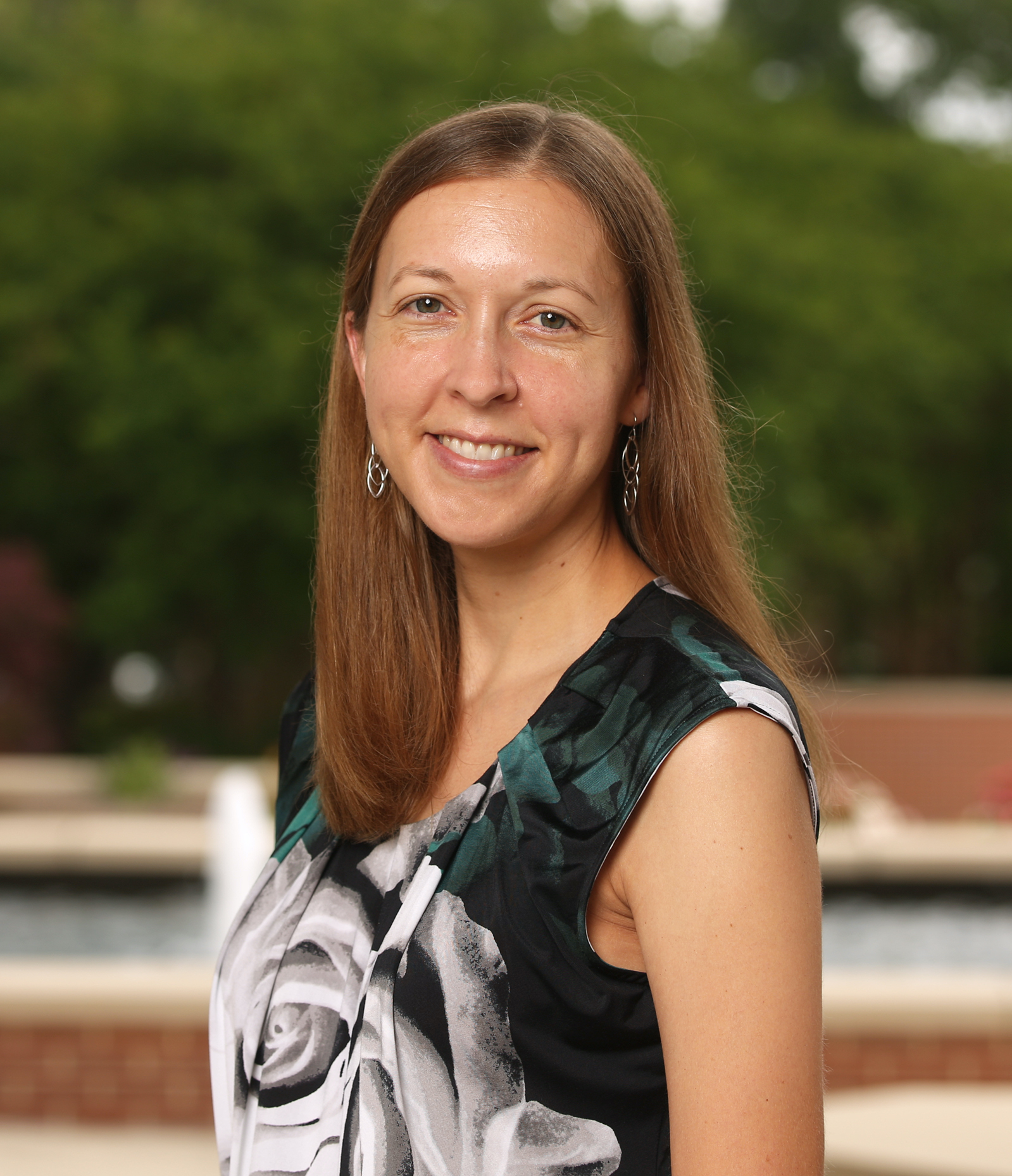Affiliation: University of South Alabama

Lesley Gregoricka is an Associate Professor of Anthropology with the Department of Sociology, Anthropology, & Social Work at the University of South Alabama. She holds degrees from the University of Notre Dame (B.A.) and The Ohio State University (M.A. and Ph.D.). As a bioarchaeologist, her research focuses on prehistoric mortuary practices and the biogeochemistry of ancient human skeletal remains to examine changing patterns of mobility, diet, and social complexity across southeastern Arabia, the southern Levant, and Sudan. She recently co-edited two volumes entitled Mortuary and Bioarchaeological Perspectives on Bronze Age Arabia and Purposeful Pain: The Bioarchaeology of Intentional Suffering. She now directs a NSF-REU (Research Experiences for Undergraduates) program each summer, where students from around country learn to conduct bioarchaeological research.
The vast majority of individuals who died during the Umm an-Nar period (2700-2000 BCE) of the Early Bronze Age in southeastern Arabia were interred within large communal tombs; following decomposition, their skeletons became intentionally commingled with hundreds of others. Only in rare cases do archaeologists discover individuals whose bodies remained intact after death. This lecture will discuss two women from two Umm an-Nar tombs whose skeletons remained fully articulated from the sites of Shimal and Tell Abraq in what is now the United Arab Emirates.
The Shimal female was interred with a dog laid alongside her head, indicating that she may have engaged in hunting or herding activities. The Tell Abraq female was paralyzed from the waist down and likely suffered from polio, suggesting that she received care as a member of her community despite her disability and non-local status, as evaluated by isotopic analysis. Both women were set apart in meaningful ways, speaking to an identity that granted them special status in death.
Short bibliography and/or website on lecture topic:
Blau, S, and Beech, M. (1999). One woman and her dog: An Umm an-Nar example from the United Arab Emirates. Arabian Archaeology and Epigraphy, 10, 34-42.
Gregoricka, L. A. (2020). Negotiating contact in the periphery: Commingled mortuary practices and identity construction in Bronze Age Arabia. In: K.J. Knudson & C. M. Stojanowski (Eds.), Bioarchaeology and Identity Revisited (pp. 85-106). Gainesville: University Press of Florida.
Gregoricka, L.A., Ullinger, J.M., and Schrenk, A. (Under review). Set apart from within: Articulated women in commingled tombs from Early Bronze Age Arabia. Arabian Archaeology & Epigraphy.
Schrenk, A., Gregoricka, L.A., Martin, D.L., and Potts, D.T. (2016). Differential diagnosis of a progressive neuromuscular disorder using bioarchaeological and biogeochemical evidence from a Bronze Age skeleton in the UAE. International Journal of Paleopathology, 13, 1-10.
The rapid aridification of southeastern Arabia at the end of the Umm an-Nar period (2700-2000 BCE) coincided with major changes in material culture and social organization demarcating the subsequent Wadi Suq period (2000-1600 BCE). However, climate change has rarely been directly observed in the tissues of the people who themselves experienced it. Here, stable oxygen isotopes from the dental enamel of those interred in monumental third and second millennia BCE tombs at the Shimal Necropolis in the United Arab Emirates were used to evaluate shifts in climate. Strontium and carbon isotope values were similarly investigated to assess the impact of an increasingly arid climate on mobility patterns and dietary intake. These isotopes reveal regional aridification over time, but also continuity in lifestyle, suggestive of a resilient community that sought to maintain their way of life in the face of environmental change.
Short bibliography and/or website on lecture topic:
Gregoricka, L.A. (2016). Human response to climate change during the Umm an-Nar/Wadi Suq transition in the United Arab Emirates. International Journal of Osteoarchaeology 26(2): 211-220.
Gregoricka, L.A. (2021). Aridity and adaptation among Arabian Bronze Age communities: Investigating mobility and climate change using isotope analysis. In: G. Robbins Schug (Ed.), The Routledge Handbook of the Bioarchaeology of Climate and Environmental Change (pp. 431-452). New York: Routledge.